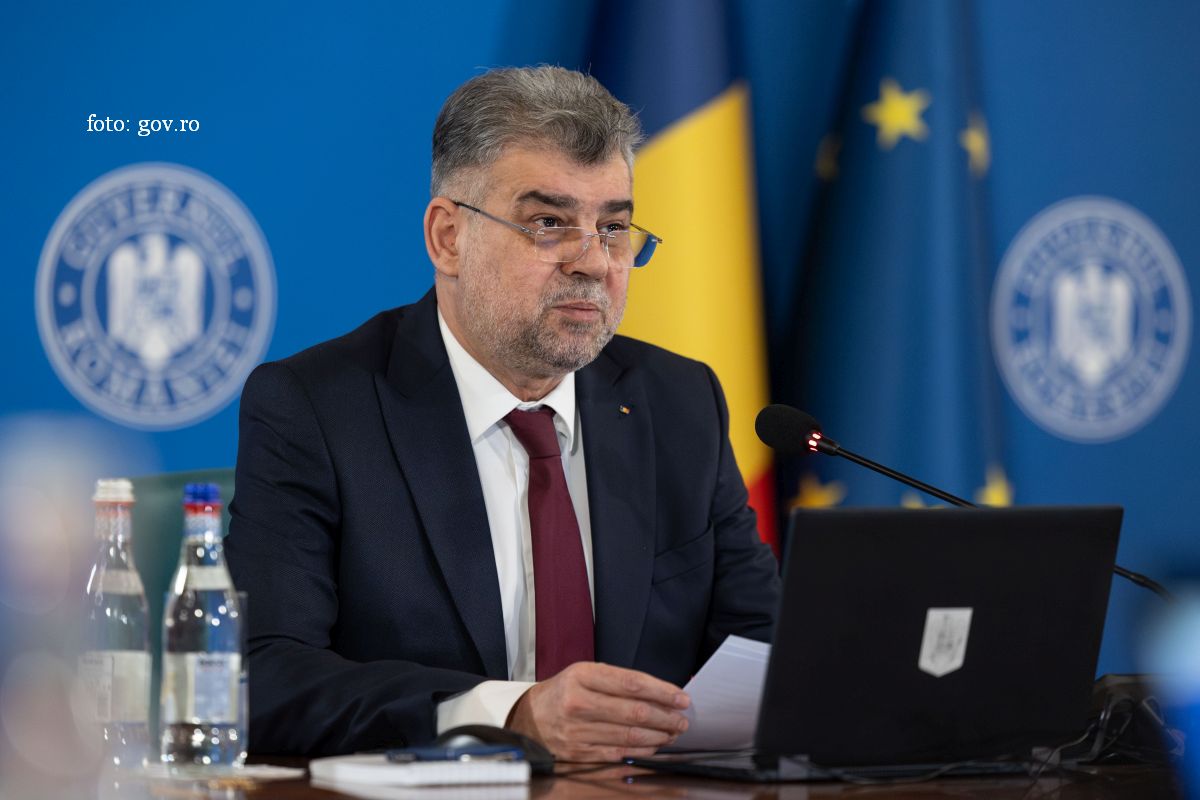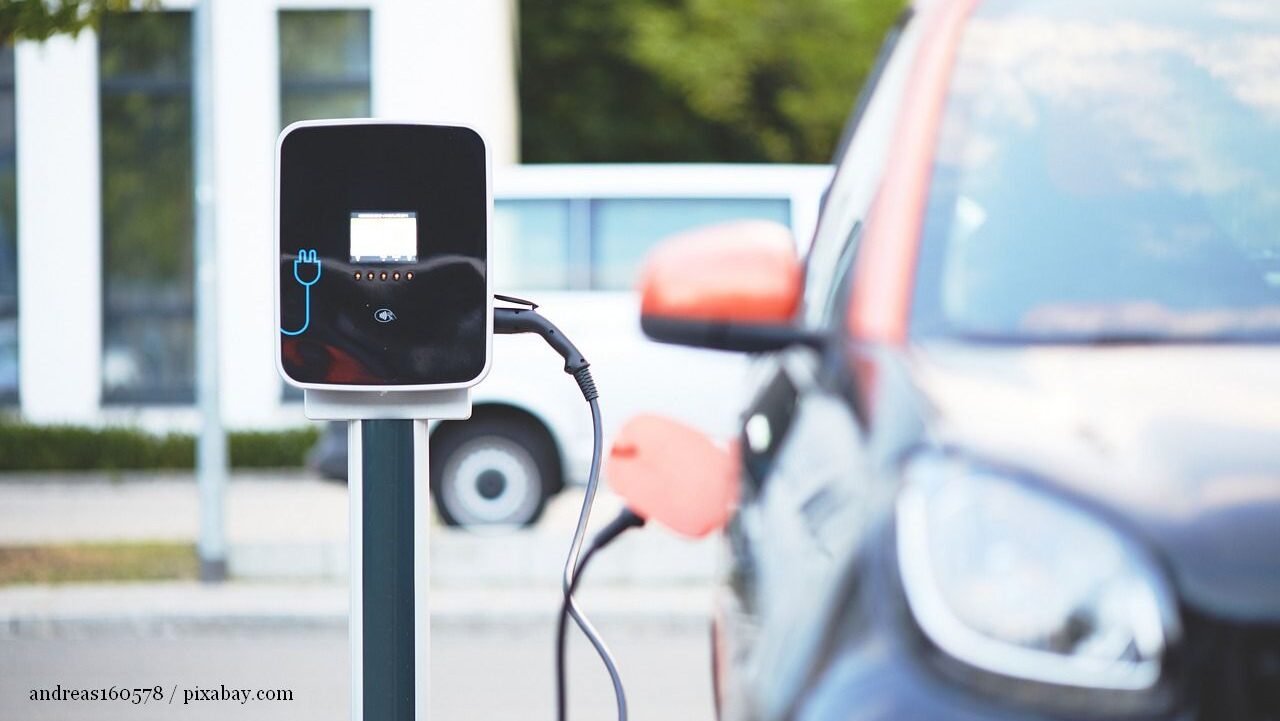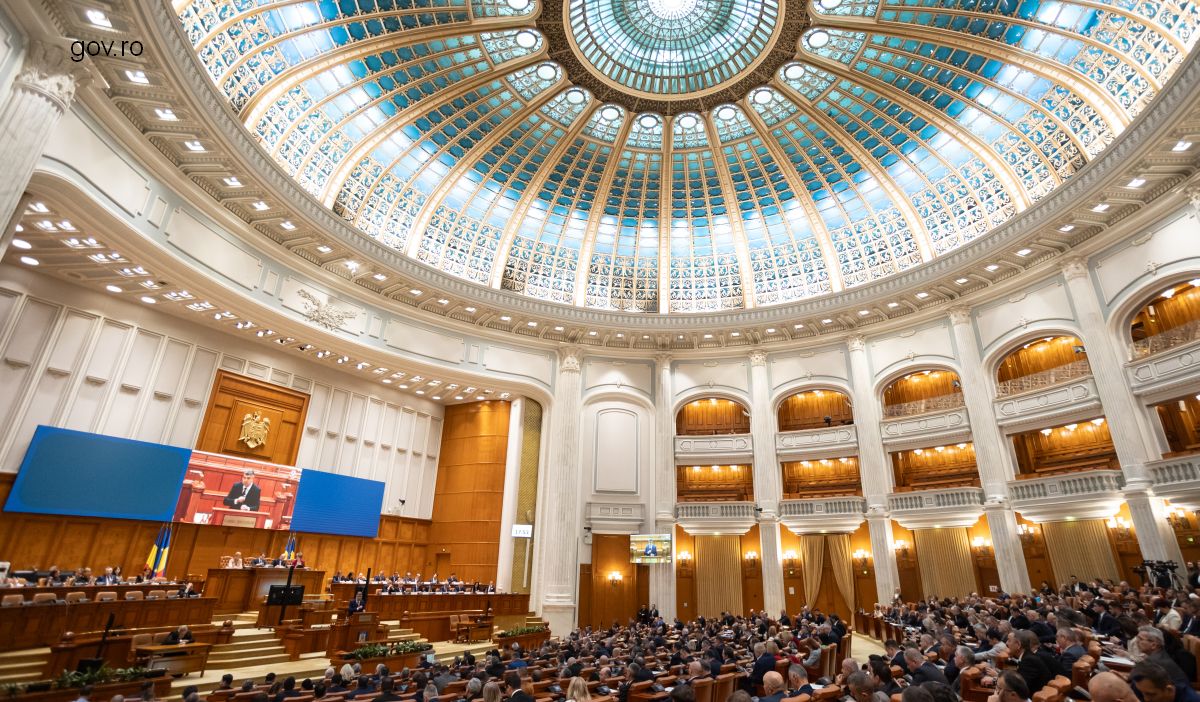Cultural consumption in Romania
People in Romania are less culturally active than before the pandemic, according to a recent survey.

Ştefan Stoica, 30.10.2023, 13:50
The National Institute for Research and Cultural Training (INCFC) launched its 2022 cultural consumption barometer on cultural participation and democratic prospects. The survey, which evaluates changes in cultural consumption practices and, for the first time in Romania, also the relationship between democracy and culture, was launched during the 33rd National Theatre Festival. The data confirm the trends seen during the pandemic, namely the concentration of cultural consumption on the online environment and the non-public space.
Thus, according to the barometer, the level of cultural consumption in the public space and the effects of the pandemic are felt significantly, and the only growth recorded is in terms of visits to historical and archaeological sites, at least once a year, with 59% of respondents in 2022 compared with 45% in 2019. The decreases recorded in terms of public cultural consumption include: attendance of theatre performances, from 29% in 2019 to 20% in 2022, watching films in cinemas, from 35% to 26%, going to the library to read or borrow books, from 28% to 17%, and visits to museums, exhibitions and art galleries, from 38% to 30%. Beyond the pandemic context, the decreases seen in the level of cultural consumption in the public space are also explained through the deepening of the barriers to cultural consumption, such as those relating to the reception of culture. The solutions include encouraging interest in cultural activities and the understanding of cultural products and artistic production through sustained education of children and young people, as well as adults.
The survey also looks at the cultural activities in the non-public space, on the internet, and the link between cultural consumption practices and democratic participation. The general director of the National Institute for Research and Cultural Training, professor Carmen Croitoru explains:
„The themes looked into are the traditional ones, namely public consumption and individual home consumption. We added a chapter on the link between democratic participation and culture. Compared with other countries, we have a low level of cultural consumption and the infrastructure is not evenly spread. There are still enormous differences between the rural and the urban environments. Small towns are trying to develop. But what we have noticed is that we have not returned to the level of cultural consumption prior to 2019.”
The cultural consumption barometer is the most extensive national study to measure the practices of culture consumers and returned after a pause of 3 years caused by the Covid pandemic. The study is based on an opinion poll conducted in September and October 2022 using a countrywide representative sample. (CM)






























